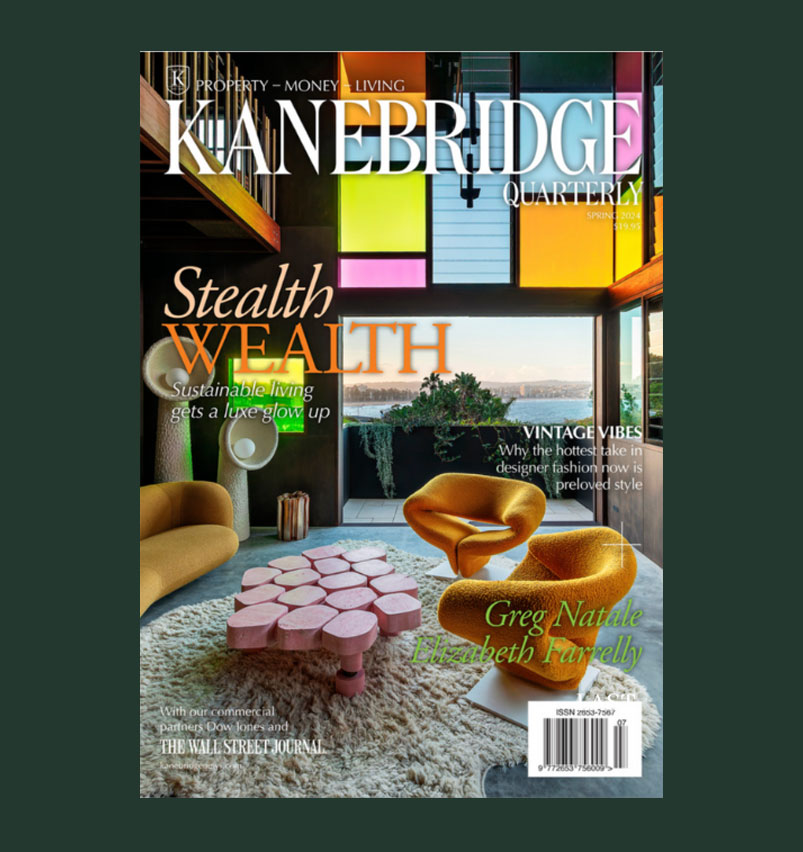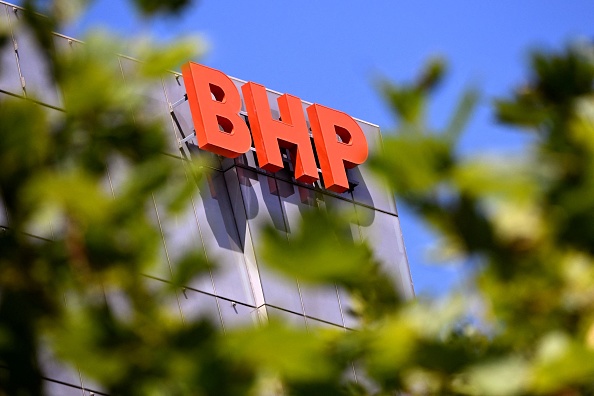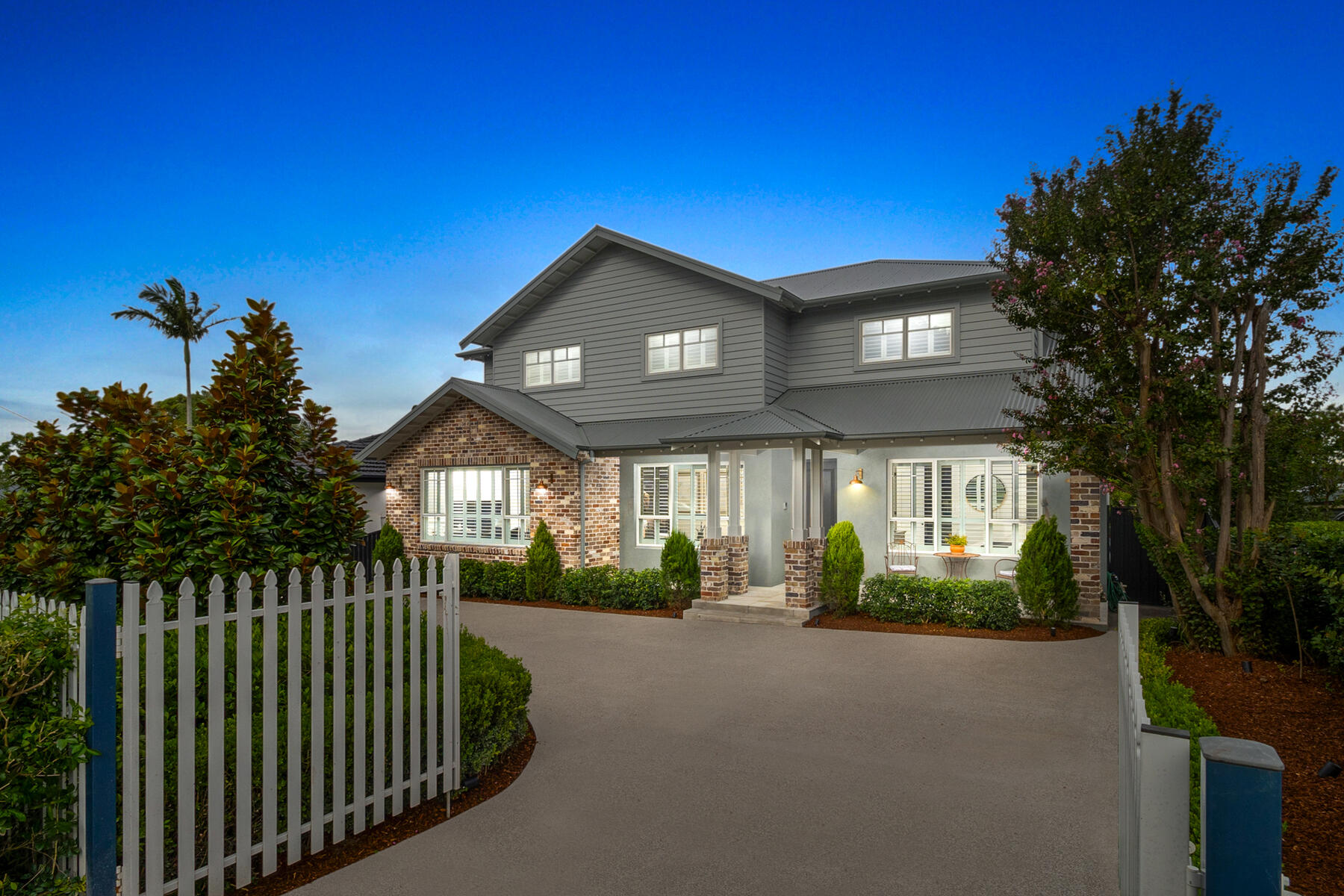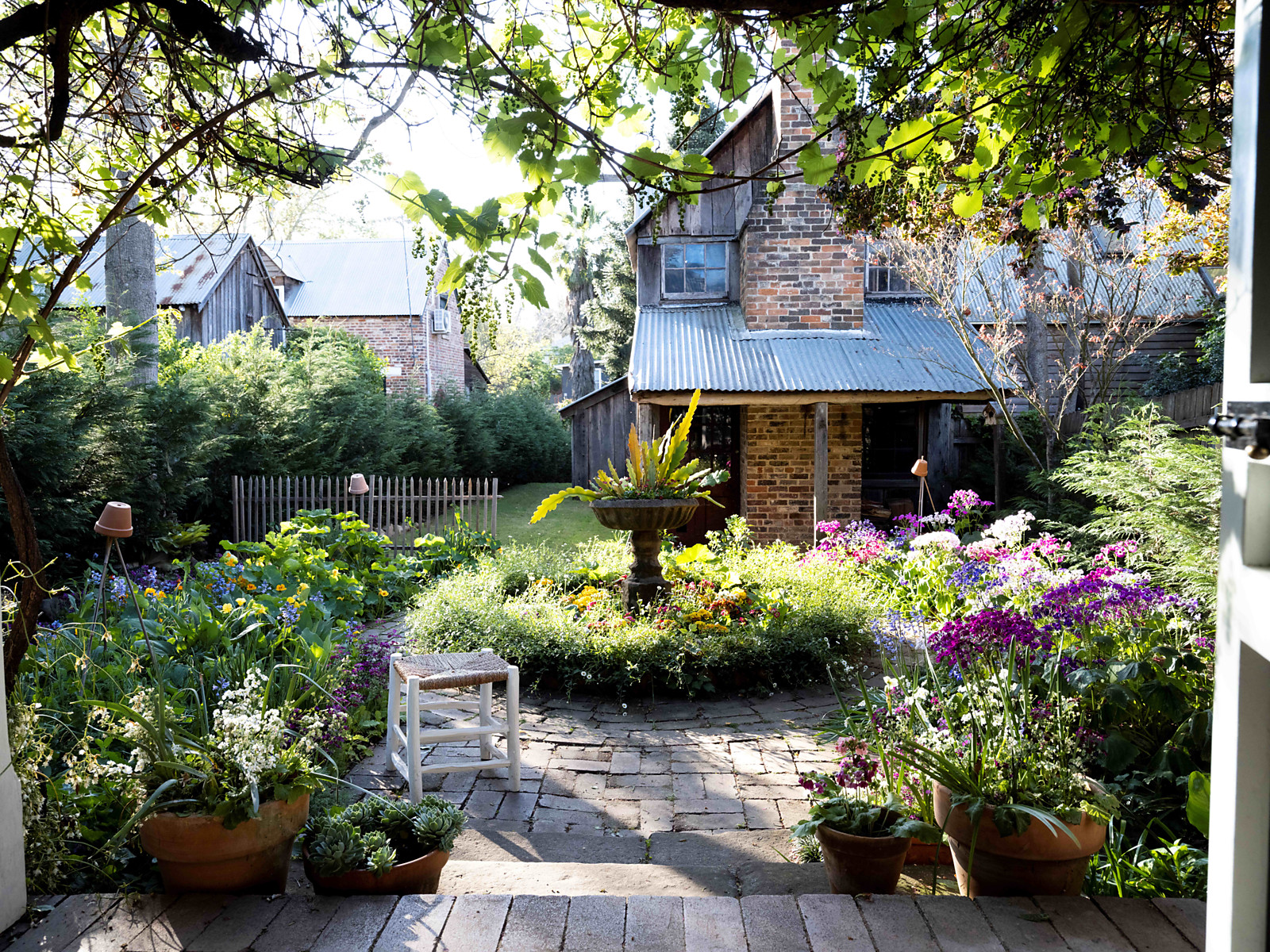Iron ore prices boost profits as ASX earnings season gets underway
Fortescue announced a monster interim dividend for shareholders
ASX earnings season is well underway, with hundreds of Australia’s biggest publicly–listed companies reporting their latest financial results to the market. This week, the country’s three biggest miners, BHP, Fortescue and Rio Tinto released their figures. All three companies benefitted from stronger iron ore prices, however weaker prices for other commodities put a drag on earnings for diversified operators, BHP and Rio Tinto, while iron ore pure-play Fortescue delivered a turbocharged profit.
Let’s review the key points of each company’s report.
BHP Group Ltd (ASX: BHP)
BHP released its half-year figures for FY24 on Tuesday. The company reported a 6 percent revenue increase to US$27.2 billion. Its underlying earnings before interest, taxes, depreciation, and amortisation (EBITDA) lifted 5 percent to US$13.9 billion but profit after tax spiralled by 86 percent to US$927 million.
BHP said higher iron ore and copper prices along with production from mines acquired under the Oz Minerals takeover in May 2023 boosted revenue. But its profit was impacted by a US$2.5 billion impairment of the carrying value of its West Australian nickel business and a US$3.2 billion provision for reparations and compensation relating to the Brazil dam disaster in 2015. The BHP share price fell 1.54 percent on Tuesday, and is down a further 2.57 percent since. BHP closed yesterday at $44.30.
BHP shares will pay a fully franked interim dividend of 72 US cents per share, which is 20 percent lower than last year.
Fortescue Ltd (ASX: FMG)
Fortescue released its results yesterday, reporting a 21% revenue bump to US$9.5 billion for1H FY24. Underlying EBITDA came in 36% higher at US$5.9 billion and net profit after tax was up 41 percent to US$3.3 billion.
Higher iron ore prices turbocharged Fortescue’s revenue during the period. The company delivered its second–highest number of shipments for a first half ever, including first shipment from the new Iron Bridge project. The Fortescue share price lifted 1.73 percent yesterday to $27.83per share.
Fortescue shares will pay a fully franked interim dividend of AU$1.08 per share, up 44 percent on last year.
Rio Tinto Ltd (ASX: RIO)
Rio Tinto reports on a different financial year cycle to the other two majors, and released its full-year earnings for FY23 yesterday. Revenue fell 3 percent over the year to US$54 billion. Rio’s underlying EBITDA was 9 percent lower at US$23.8 billion and profit after tax declined 19 percent to US$10 billion.
The company said its iron ore division delivered increased revenue and EBITDA due to higher commodity prices, however, this was offset by higher costs and weaker prices for copper, aluminium, diamonds and other minerals due to lower global demand amid increased supply. The Rio Tinto share price fell 0.96 percent yesterday to $124.36 per share.
Rio Tinto shares will pay a fully franked final dividend of US$2.58 per share for 2H FY23, up 14 percent.
This stylish family home combines a classic palette and finishes with a flexible floorplan
Just 55 minutes from Sydney, make this your creative getaway located in the majestic Hawkesbury region.
Impact investing is becoming more mainstream as larger, institutional asset owners drive more money into the sector, according to the nonprofit Global Impact Investing Network in New York.
In the GIIN’s State of the Market 2024 report, published late last month, researchers found that assets allocated to impact-investing strategies by repeat survey responders grew by a compound annual growth rate (CAGR) of 14% over the last five years.
These 71 responders to both the 2019 and 2024 surveys saw their total impact assets under management grow to US$249 billion this year from US$129 billion five years ago.
Medium- and large-size investors were largely responsible for the strong impact returns: Medium-size investors posted a median CAGR of 11% a year over the five-year period, and large-size investors posted a median CAGR of 14% a year.
Interestingly, the CAGR of assets held by small investors dropped by a median of 14% a year.
“When we drill down behind the compound annual growth of the assets that are being allocated to impact investing, it’s largely those larger investors that are actually driving it,” says Dean Hand, the GIIN’s chief research officer.
Overall, the GIIN surveyed 305 investors with a combined US$490 billion under management from 39 countries. Nearly three-quarters of the responders were investment managers, while 10% were foundations, and 3% were family offices. Development finance institutions, institutional asset owners, and companies represented most of the rest.
The majority of impact strategies are executed through private-equity, but public debt and equity have been the fastest-growing asset classes over the past five years, the report said. Public debt is growing at a CAGR of 32%, and public equity is growing at a CAGR of 19%. That compares to a CAGR of 17% for private equity and 7% for private debt.
According to the GIIN, the rise in public impact assets is being driven by larger investors, likely institutions.
Private equity has traditionally served as an ideal way to execute impact strategies, as it allows investors to select vehicles specifically designed to create a positive social or environmental impact by, for example, providing loans to smallholder farmers in Africa or by supporting fledging renewable energy technologies.
Future Returns: Preqin expects managers to rely on family offices, private banks, and individual investors for growth in the next six years
But today, institutional investors are looking across their portfolios—encompassing both private and public assets—to achieve their impact goals.
“Institutional asset owners are saying, ‘In the interests of our ultimate beneficiaries, we probably need to start driving these strategies across our assets,’” Hand says. Instead of carving out a dedicated impact strategy, these investors are taking “a holistic portfolio approach.”
An institutional manager may want to address issues such as climate change, healthcare costs, and local economic growth so it can support a better quality of life for its beneficiaries.
To achieve these goals, the manager could invest across a range of private debt, private equity, and real estate.
But the public markets offer opportunities, too. Using public debt, a manager could, for example, invest in green bonds, regional bank bonds, or healthcare social bonds. In public equity, it could invest in green-power storage technologies, minority-focused real-estate trusts, and in pharmaceutical and medical-care company stocks with the aim of influencing them to lower the costs of care, according to an example the GIIN lays out in a separate report on institutional strategies.
Influencing companies to act in the best interests of society and the environment is increasingly being done through such shareholder advocacy, either directly through ownership in individual stocks or through fund vehicles.
“They’re trying to move their portfolio companies to actually solving some of the challenges that exist,” Hand says.
Although the rate of growth in public strategies for impact is brisk, among survey respondents investments in public debt totaled only 12% of assets and just 7% in public equity. Private equity, however, grabs 43% of these investors’ assets.
Within private equity, Hand also discerns more evidence of maturity in the impact sector. That’s because more impact-oriented asset owners invest in mature and growth-stage companies, which are favored by larger asset owners that have more substantial assets to put to work.
The GIIN State of the Market report also found that impact asset owners are largely happy with both the financial performance and impact results of their holdings.
About three-quarters of those surveyed were seeking risk-adjusted, market-rate returns, although foundations were an exception as 68% sought below-market returns, the report said. Overall, 86% reported their investments were performing in line or above their expectations—even when their targets were not met—and 90% said the same for their impact returns.
Private-equity posted the strongest results, returning 17% on average, although that was less than the 19% targeted return. By contrast, public equity returned 11%, above a 10% target.
The fact some asset classes over performed and others underperformed, shows that “normal economic forces are at play in the market,” Hand says.
Although investors are satisfied with their impact performance, they are still dealing with a fragmented approach for measuring it, the report said. “Despite this, over two-thirds of investors are incorporating impact criteria into their investment governance documents, signalling a significant shift toward formalising impact considerations in decision-making processes,” it said.
Also, more investors are getting third-party verification of their results, which strengthens their accountability in the market.
“The satisfaction with performance is nice to see,” Hand says. “But we do need to see more about what’s happening in terms of investors being able to actually track both the impact performance in real terms as well as the financial performance in real terms.”
This stylish family home combines a classic palette and finishes with a flexible floorplan
Just 55 minutes from Sydney, make this your creative getaway located in the majestic Hawkesbury region.


















